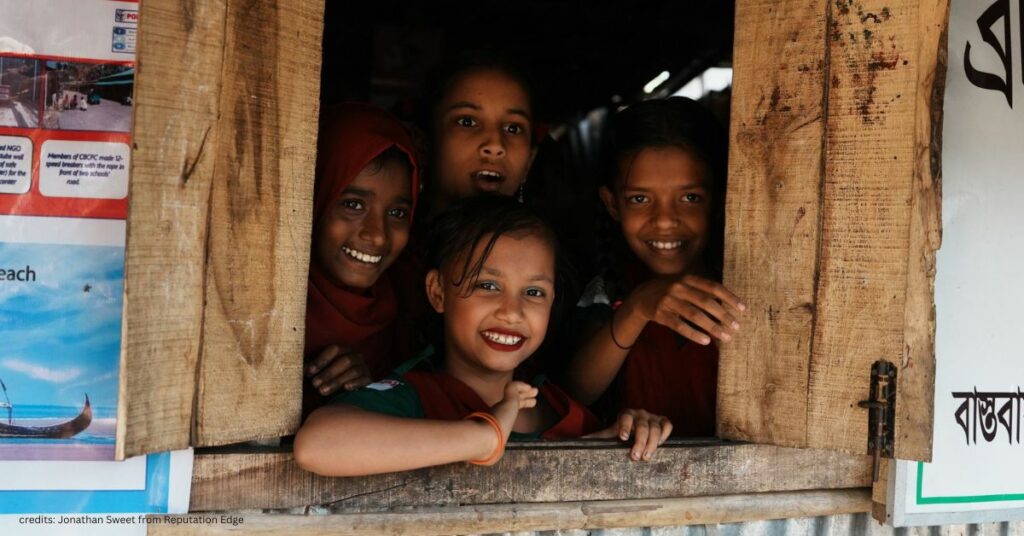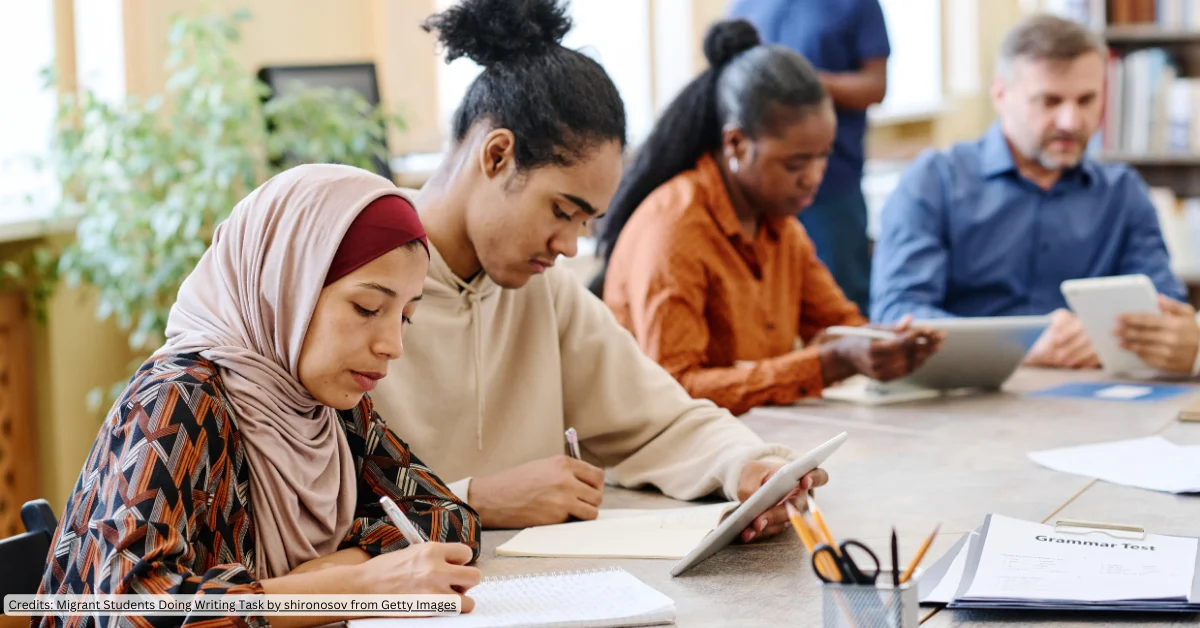The number of refugees continues to swell in Cox’s Bazar creating the world’s largest refugee camp occupied by a million people.
With no country prepared to offer refuge to this vast population, families are forced to live in the vast and highly cramped camp in temporary shelters constructed of flimsy bamboo with mainly tarpaulin rooves. Fires are a constant and life-threatening risk, they occur on a daily basis without warning in the camp, generally from cooking fires.
Domestic violence, child labour, early marriage and child exploitation are real threats children face every day. Personal safety is listed as the number one concern of girls living in the camp. Access to education is also very limited and the refugees in the camp are heavily reliant on foreign aid and the work of aid agencies to have any kind of future.
ChildFund and its partners in Bangladesh work with the community in Cox’s Bazar to implement programs that address some of these critical issues.
Their work centres on funding small community centres that provide education and practical skills training. Given the ongoing threats of natural and human disasters, they also work with local partners to help provide firefighting education and equipment.
Lamia* is just 18 years old, and she resides in camp 17 under Ukhiya Upazila, of Cox’s Bazar. She reached the Bangladesh border with her family in December 2017. Recently, she became a member of her local Disaster Management Committee (DMC) the committee meet in a community centre funded by ChildFund Australia and New Zealand She has learnt how to identify homes at risk, how to use a fire extinguisher and numerous other skills to help defend the camp against the lethal threat of fire.
Lamia said, “I can put out fire by using a fire extinguisher. I learned how to use the fire extinguisher in our DMC meeting session.
“Not all of us have the fire extinguishers at our shelter house; however, we can respond using the one which is installed at my friend’s house. We also learned how to put out fires by using sand, water, or stones. I also share the awareness messages with the people of the community.
Lamia highlighted that she has learned to stay calm and deal with disasters, and talks with other women in our community who are not members of DMC about how women can ensure their own personal safety as women and children are more at risk during disasters.
Chief Development Officer Corinne Habel was in Bangladesh last month where she had the opportunity to see the camp firsthand and experience the important work that is being done to make life more manageable in the world’s largest refugee camp.

“The hardships and struggle the people in Cox’s Bazar have had to endure is astounding. In spite of all of this, the children there have displayed incredible resilience and aspiration for their futures.”
“I met girls that wanted to be doctors, nurses, pilots and teachers. I was incredibly impressed with the groups of young people – both male and female – joining and leading groups to improve their communities by teaching peers, elders and younger children on topics such as the dangers of early marriage and child labour as well as how to stay safe during fires and storms.”
“They envision a better future for themselves, their families, and their communities.”
Habel added that while the support they have offered to this community is making a tremendous difference to many lives in this camp there is still a lot of work to do.
“Nowadays it is easy to feel overwhelmed every time we listen to the news, it’s important to know our work is making a difference to children in vulnerable circumstances.”
“Based on what I saw in Bangladesh, I can tell you with certainty it is, but we need more valuable support from generous Australians to keep this critical work going,” said Habel.
Menchie Khairuddin is a writer Deputy Content Manager at Akolade and content producer for Third Sector News. She is passionate about social affairs specifically in mixed, multicultural heritage and not-for-profit organisations.
- Menchie Khairuddinhttps://thirdsector.com.au/author/menchi-kakolade-co/
- Menchie Khairuddinhttps://thirdsector.com.au/author/menchi-kakolade-co/
- Menchie Khairuddinhttps://thirdsector.com.au/author/menchi-kakolade-co/
- Menchie Khairuddinhttps://thirdsector.com.au/author/menchi-kakolade-co/











